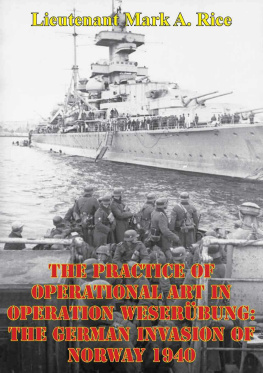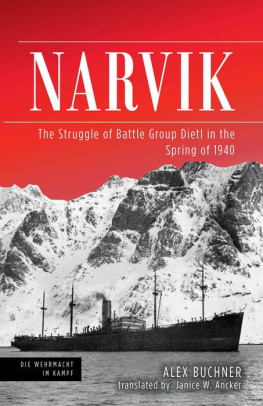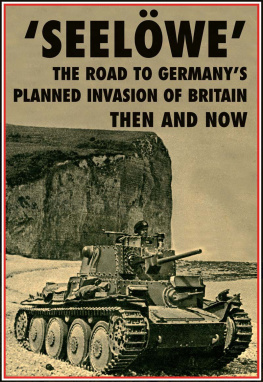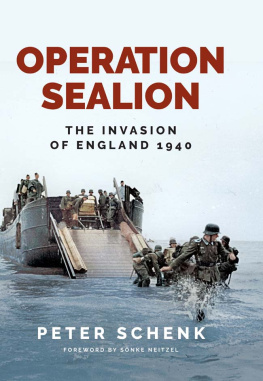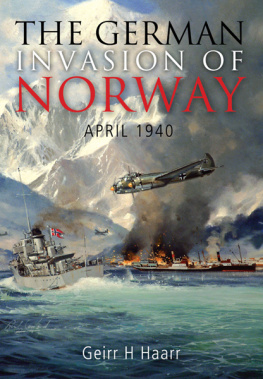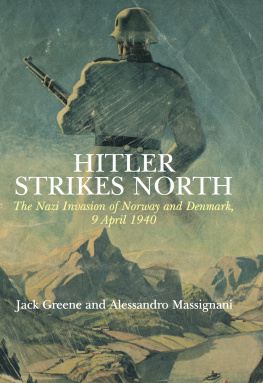This edition is published by PICKLE PARTNERS PUBLISHINGwww.picklepartnerspublishing.com
To join our mailing list for new titles or for issues with our books picklepublishing@gmail.com
Or on Facebook
Text originally published in 2007 under the same title.
Pickle Partners Publishing 2014, all rights reserved. No part of this publication may be reproduced, stored in a retrieval system or transmitted by any means, electrical, mechanical or otherwise without the written permission of the copyright holder.
Publishers Note
Although in most cases we have retained the Authors original spelling and grammar to authentically reproduce the work of the Author and the original intent of such material, some additional notes and clarifications have been added for the modern readers benefit.
We have also made every effort to include all maps and illustrations of the original edition the limitations of formatting do not allow of including larger maps, we will upload as many of these maps as possible.
THE PRACTICE OF OPERATIONAL ART IN OPERATION WESERBUNG:
THE GERMAN INVASION OF NORWAY IN 1940
by
Mark A. Rice
Lieutenant / USN
TABLE OF CONTENTS
Contents
ABSTRACT:
The planning and execution of Operation Weserbung was the first major joint operation of its kind in history utilizing naval, ground, air, and airborne forces. Its conduct proves to be one of the most noteworthy applications of operational art and the principles of war during all of World War II. The principles of surprise and security were the most critical in the German success. The German planning taking into account and exploiting the operational factors of time, space and force are another key element in why this operation is worthy of further analysis and study. Additionally, the operational lessons learned that could be applied from the belligerents experiences further illustrate several important lessons that can apply today. From the Germans we saw the importance of planning around apparent disadvantages, command and control as it relates to operational objectives and commanders intent, and the importance of initiative in military operations. From the British, the pitfalls of mirror imaging and a lack of decisiveness can prove fatal in military operations. Lastly, from the Norwegian side we see the importance of national defense for maintaining a nations own self-determination against outside belligerents.
THE PRACTICE OF OPERATIONAL ART IN OPERATION WESERBUNG: THE GERMAN INVASION OF NORWAY IN 1940
In April of 1940, the peaceful and neutral country of Norway became a battleground between Germany, France, and England in their desire to control it for their own war objectives. The Battle of Norway and as the Germans called it Operation Weserbung was the first major military operation in history to utilize naval, ground, air, and airborne forces in the assault phase of the attack. The German success in this operation provides an outstanding example of the application of operational art and the principles of war by Germany in the early stages of World War II. Operation Weserbung included both the invasion of Denmark and the invasion of Norway. The first phase of the operation was the invasion of Denmark; its air bases were needed for the invasion of Norway, and fell in a single day. The focus of this paper will be on the Norwegian portion of Weserbung.
A quick summary of the execution of Weserbung will follow to help the reader better understand the context of the discussion. The German invasion of Norway was a modern Trojan horse approach to combat that completely neutralized the advantages that the British Royal Navy held over the Kriegsmarine. Further details on the planning and execution of Weserbung will be discussed as we progress through this work.
A background of Operation Weserbung and why Hitler decided to attack Norway will be discussed to give the reader a context for the execution of the attack. Next, the author will outline the objectives of the Germans. This will be flowing down from their strategic, to the theater-strategic, and finally the operational objectives. Then a narrative of the planning of Weserbung will be discussed; this will analyze the operational factors of time, space, and force as they applied to the Germans and how they overcame the inherent disadvantages they held against England. The German exploitation of the operational factors also carried over to the execution of Weserbung as will come out in the discussion of the planning. Finally, the author will demonstrate the operational and strategic lessons learned for Germany, England, and Norway.
Norway was neutral in World War I, and hoped to remain so in the pending conflict that was beginning to engulf Europe in 1939 with the German invasion of Poland, and the subsequent events that were unfolding on the European continent such as Polands division by Germany and Russia.
The issue of Swedish iron ore imports to Germany was one of the reasons the Germans felt that their control of Norway was in their best interest in 1940. With a neutral Norway, the iron ore could continue to flow from Sweden through Norwegian territory and on to Germany. Germany received half of its pure iron from Sweden, approximately six million tons annually.
The second motivator for the German invasion was an overt British violation of Norwegian neutrality that occurred in February 1940 and was known as the Altmark affair. Altmark was a German supply ship that became stranded in Norwegian territorial seas with a hold full of 300 British merchant seamen held as prisoners of war. Finally, as Altmark experienced engineering difficulties she became stranded near Jssingfjord Norway and despite vehement Norwegian protest and the inability of the Norwegian Navy to stop them, a British boarding party came aboard and rescued the prisoners. This incident outraged Hitler and was to become one of his primary motivations for carrying out the invasion of Norway two months later. For Hitler it did not matter in the least to him that a double standard existed as to who was responsible for honoring Norwegian neutrality.
The final motivation for Hitler to invade Norway came from the leadership of the Kriegsmarine. Admiral Dnitz had initially originated the idea of seizing selected ports in Norway for submarine bases and brought it up to Admiral Raeder. This planning process was built on the foundations of Germanys objectives for the war up to that point down to the operational goals for the invasion of Norway.
Having conquered Poland in only a few weeks and secured his eastern frontier with the Molotov-Ribbentrop Pact in 1939, Hitler turned his attention and focus to the West. This would result in their strategic goal in 1940 to be the conquest of France and to pursue peace with England without having to invade. In addition to the ideas that Admiral Raeder had about stationing ships and submarines in Norway, he felt that the Kriegsmarine could use the deep-water ports of Norway to lay siege to the British Isles with a German blockade. Arguably it may be seen that the operational objectives and the planning for Weserbung supported the strategic and theater strategic objectives for Germany in 1940. The next key to the German success in Norway was through the application of operational art and overcoming their disadvantages in the factors of time, space and force.
The factors of time, space and force played a vital role in the German planning of Weserbung. Where shortfalls existed for each factor, the Germans shaped their plans to maximize their chances of success. For the factor of time several considerations played a role in the planning and eventual execution of Weserbung. The essential factors included climatology, and British reactions with regards to Norway. For the Germans climatology played an important part in the time of the year for the invasion. Although neither side had the desire to begin military operations in Norway during the winter due the harsh conditions of the North Sea, the Germans had a vested interest in utilizing this time period. This portion of the factor of time played directly into two of the principles of war that the German planners used to help achieve success in Norway: mainly that of surprise and maneuver. As will be discussed at length, surprise was a critical part of the success of Weserbung. Additionally, the time factor with regards to the hours of daylight played a critical role in the maneuver portion of Weserbung.


